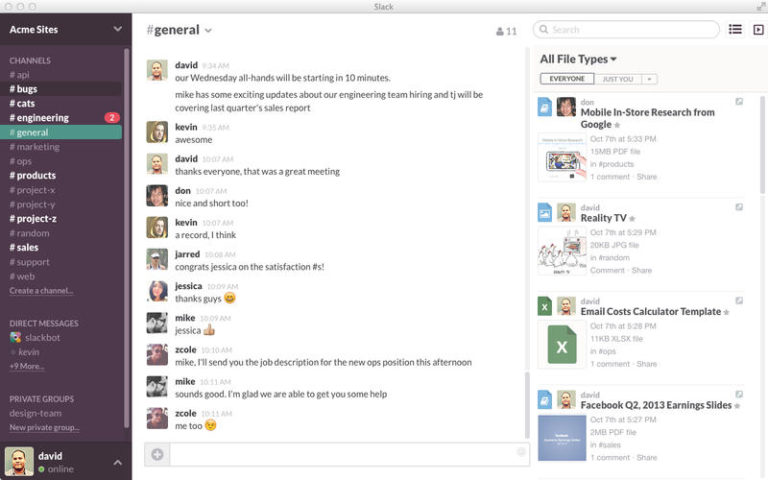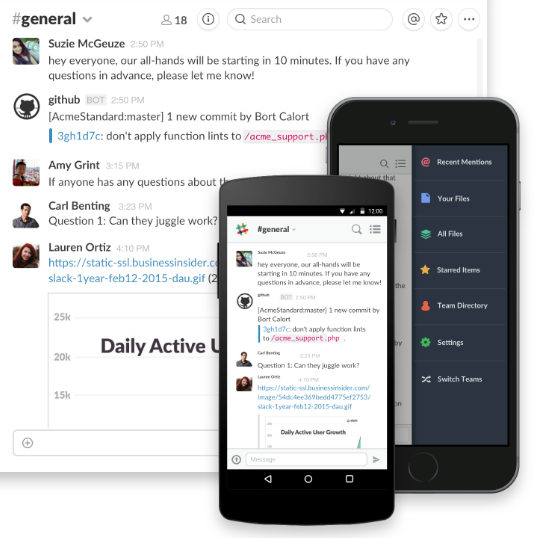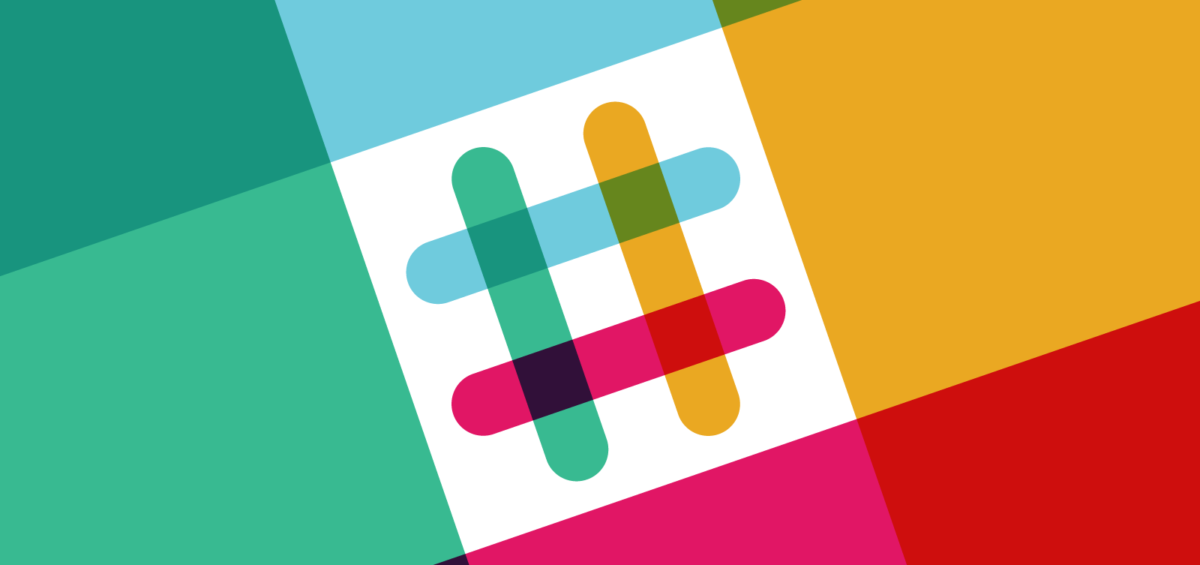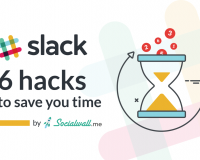In the age of the Internet, team collaboration has become simultaneously easier and more difficult. Sure, your team is available at the click of a button, but that means there’s often no longer a reason to have offices for an organisation. As long as everyone is connected to the internet, there’s really no point in hiring a space.
While this is a far cheaper and easier way to collaborate, it does come with its own set of problems. Keeping tabs on everyone and ensuring they’re all up to date on the latest developments can result in a messy web of emails, phone calls and Skype chats. Without a physical office to centralise everything, online collaboration can end up being far less efficient than you might imagine.
Enter Slack.
Slack is a piece of team collaboration software that is taking the world by storm. It aims to replace the need for a physical, centralized office by using a smart team communication system that ensures everyone is kept up to date.
So what do you need to know about Slack?
History
Slack was originally developed as a solution to a problem for a game developer. In 2011 Tiny Speck were developing the (now defunct) online game ‘Glitch’ and found that there wasn’t a team collaboration tool on the market that did what they needed it to do. So they made one.
The result was called ‘Slack’, and it soon became the focus of the company after developers saw the potential. They renamed their company Slack Technologies, and began to market their new product. The core team was drawn from the founders of Flickr and they used their Silicon Valley network well. In 2014 they became the fastest company in history to achieve a billion dollar valuation. They entered the famous circle of unicorns.
It now boasts almost 3 million users, with almost 1 million being paid premium members.
The Platform

Essentially, Slack aims to become the aforementioned digital office. At its bare bones, it’s a rather simple messaging app. It offers organisations the use of public chat rooms (organised by topic), private groups, and direct messaging. The accessibility of each user can be defined by an administrator, and set according to their role in the company. It includes public channels such as #random that allow a team to ‘chat over the watercooler’, offering a vital outlet for non-work discussion.
Where Slack separates itself from many other basic chat apps is the option for Slack integration to other services. Major integrations include Google Drive, Trello, Dropbox, GitHub, Mailchimp and Zendesk, although there are hundreds in total. Integrations such as that of SocialWall have managed to turn Slack from a private team collaboration service into a public team display service, with the #random channel or a channel devoted to important team announcements being able to be displayed on any web-connected screen, no matter how widely dispersed your team may be.
New users are invited into teams by being sent a simple URL. Although Slack was designed as an organizational interface, its use is slowly morphing into more and more of a social one, with niche groups creating their own team chats where they can meet and talk with like-minded people.
It simply aims to replace the mess of phone calls, texts and emails with a simple, centralised place for your organisation to collaborate. Everything on Slack is searchable, meaning less confusion and more efficiency.
Slack Use

Slack advertises itself as a freemium service. Limited capability is available from a free download, and a monthly subscription is paid to get the full version. It must be said, however, that the free version is rather generous, and will do the job for most small businesses.
Apps are available for iOS, Android and Windows Phone, as well as desktop versions for Mac OS X, Windows and Linux. Slack even has a dedicated Apple Watch app.
For organisations that are separated by distance, Slack provides an excellent way to keep a team up to date. And with the Slack SocialWall integration, Slack also has its uses in more standard offices.
Doing business in the 21st century brings with it a unique set of 21st century problems.
In Slack, you’ve got the solution to many of them.








